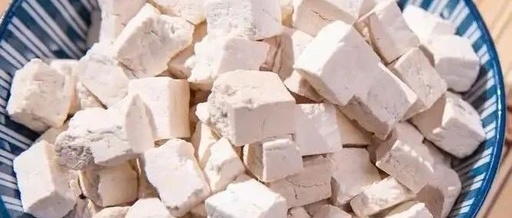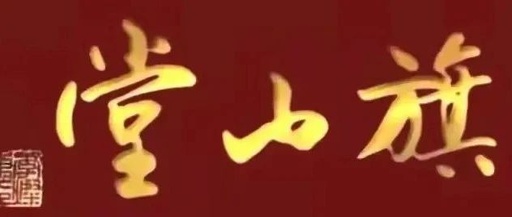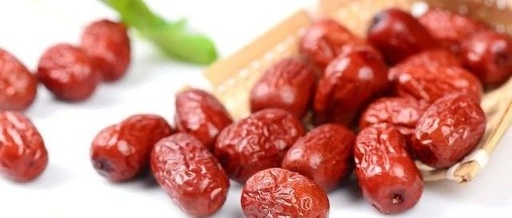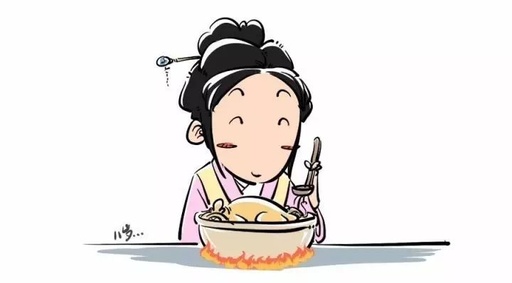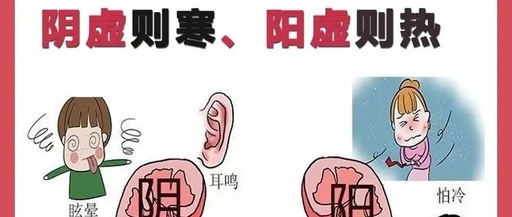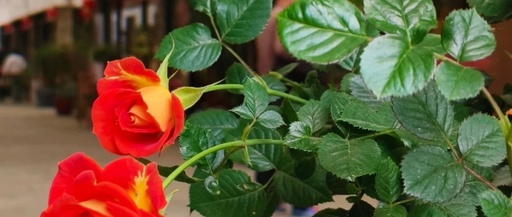Addressing Short Stature in Children: The Role of Phlegm-Dampness and the Use of Fu Ling
Hello everyone, I am your doctor friend, Dr. Guo. Over the years, I have treated many children with short stature. Some parents rush in asking, “Can we give growth hormone?” I usually advise them to take a step back, and first assess the child’s condition. A child’s short stature is not necessarily due to innate … Read more

